Our Stories
Recent Articles
History & Discoveries
A Hallowed Figure in American Art and Culture: the Bald Eagle
The bald eagle is painted, sculpted and carved throughout the Capitol campus. Its white head, wide wingspan and gnarled talons are ubiquitous.
History & Discoveries
The U.S. Capitol Rotunda: Celebrating 200 Years as the Heart of American Democracy
The Rotunda was completed under the direction of Charles Bulfinch by the time of the visit of the Marquis de Lafayette in October 1824.
History & Discoveries
The Liberty Cap: Symbol of American Freedom
The 2024 Olympic mascot is a conical cap, the Phryge, a French symbol of freedom, but it symbolized freedom in the United States before the French adopted it.
History & Discoveries
The Original Olmsted Trees
Celebrating the history of tree planting and tree preservation at the U.S. Capitol Grounds by highlighting some of the oldest trees on the grounds.
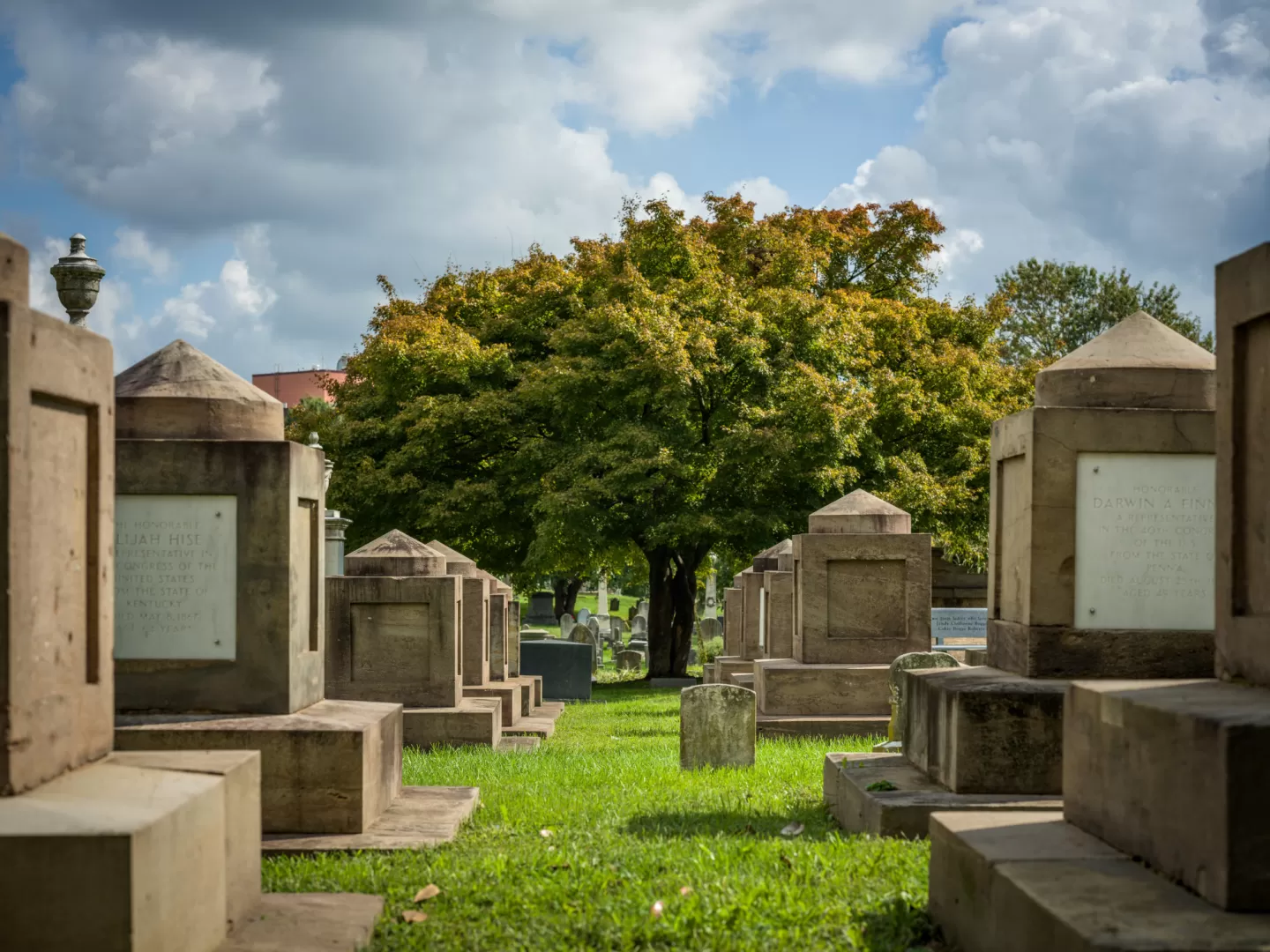

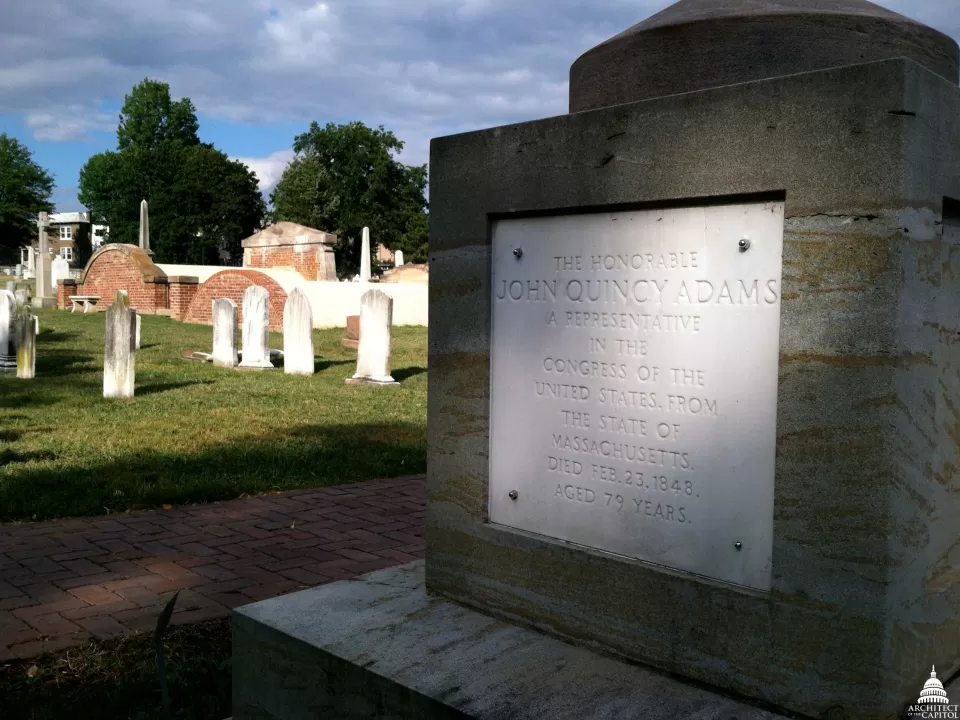

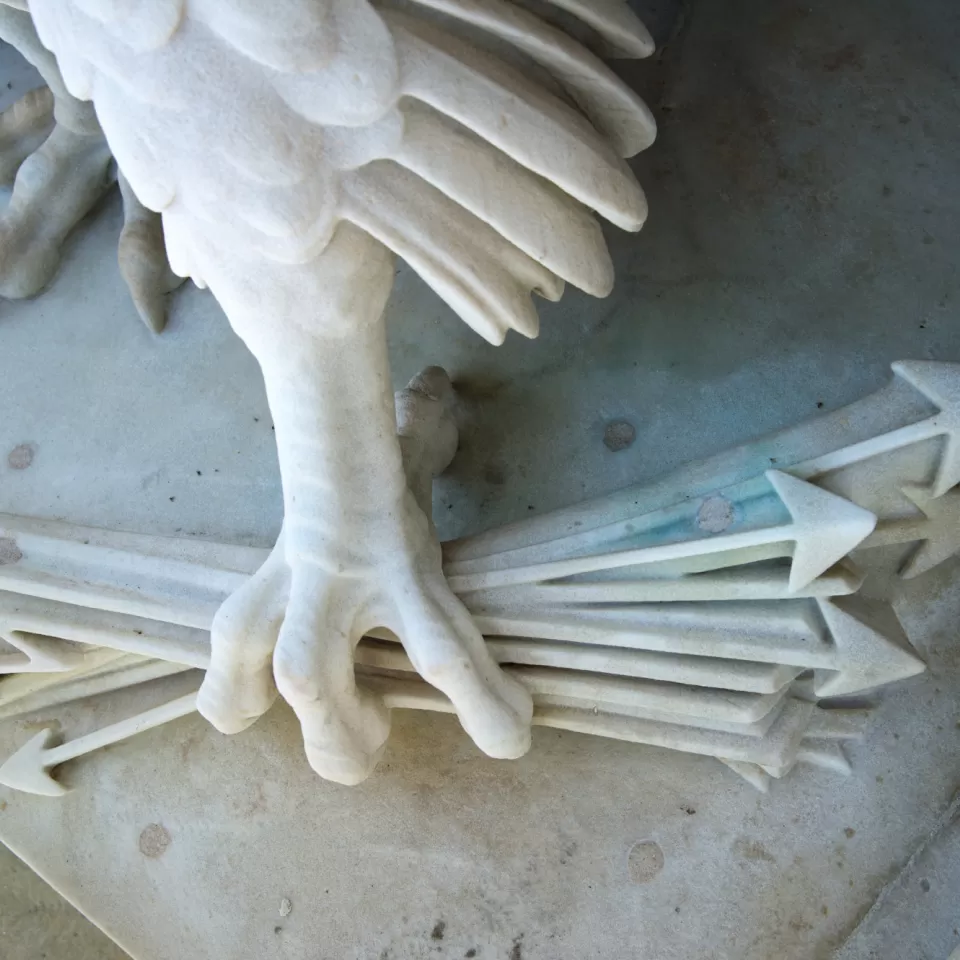
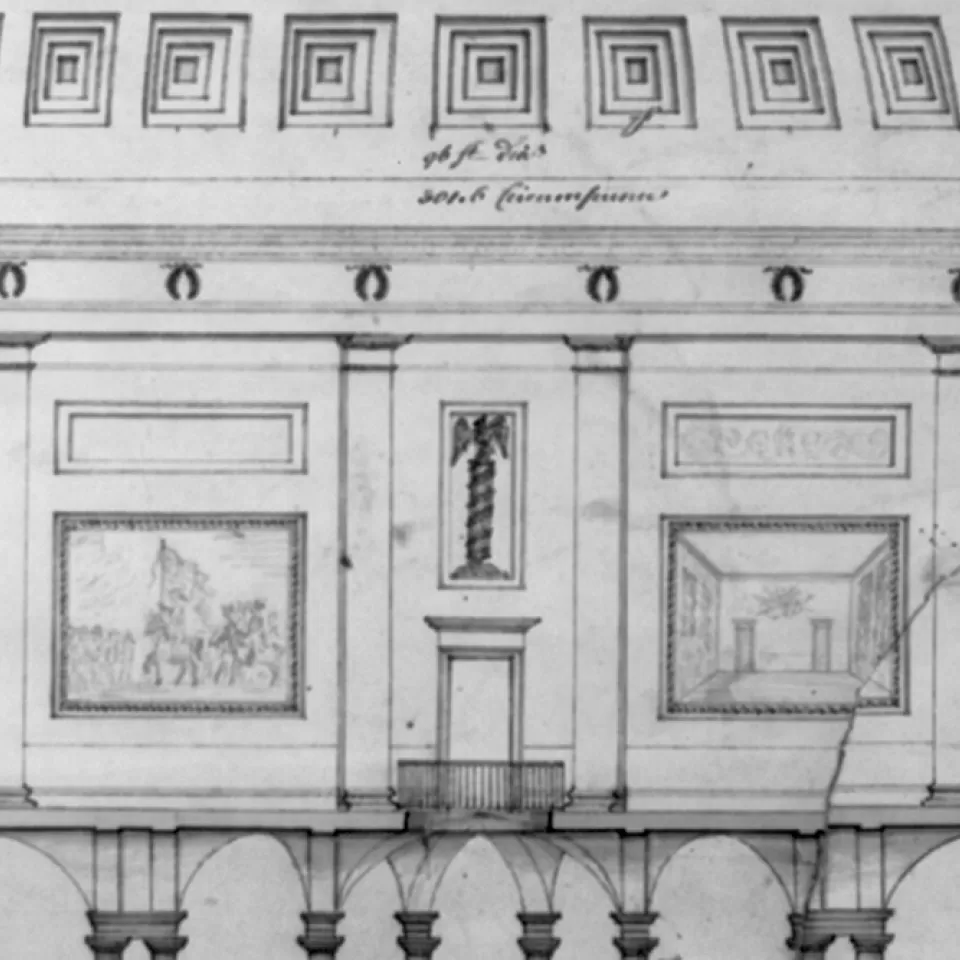
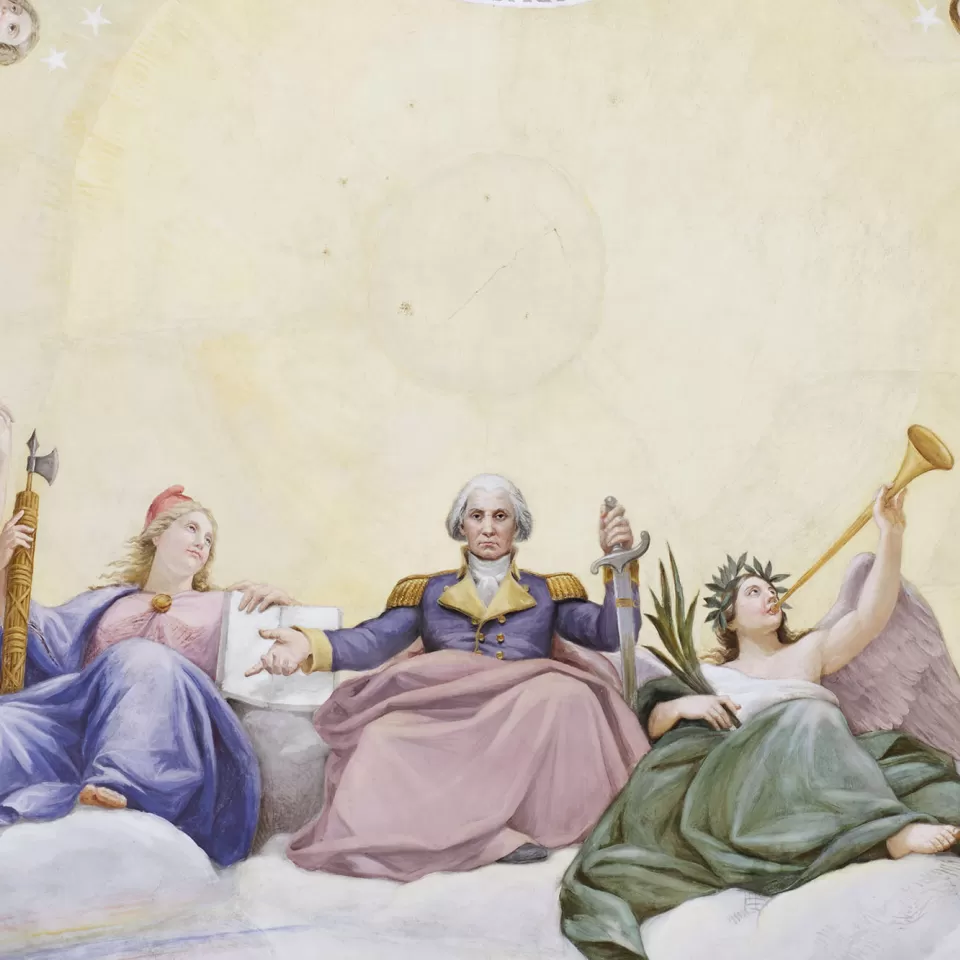
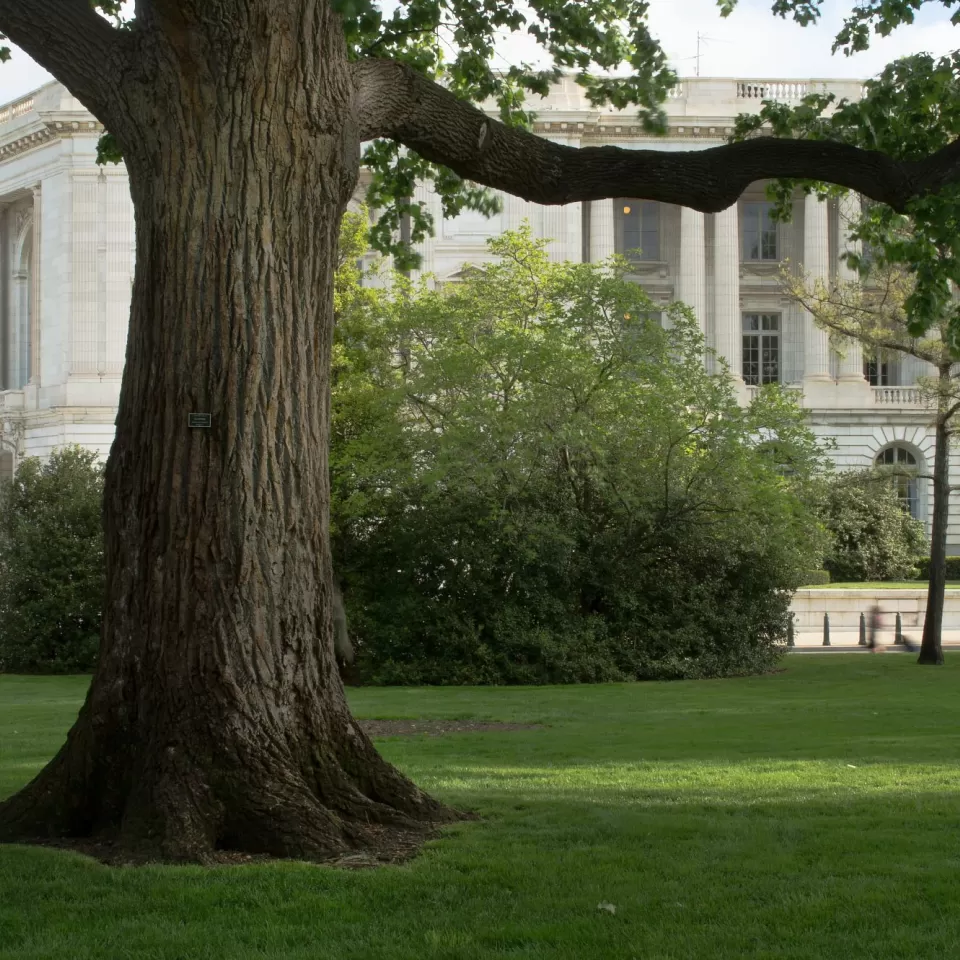
Comments
This is really neat. I have lived in the DC area all my life and never knew there was a Cognressional Cemetery. I found this blog very interesting and informative. _x000D_
I, like Katie, also did not know that this existed. I might have to check it out the next time I'm in that area of the city before a DC United game!
I have visited the cemetery several times but because they also have a private dog walking program, and we do lot of voluntary work at the cemetery - helping with the maintenance. Dog walking program is permitted by membership only - "dogs/owners" pay annual membership. Also they have weddings there, Yoga classes, tours and 5K (Dead man's run around on October 5th, 2019 its and kids run).
Add new comment